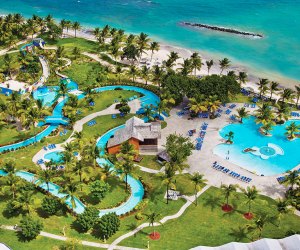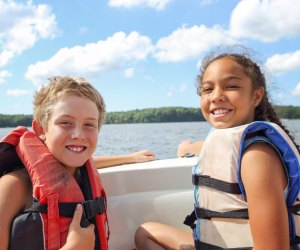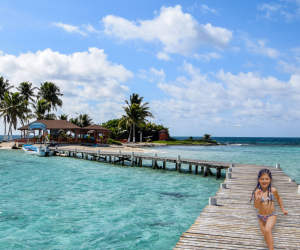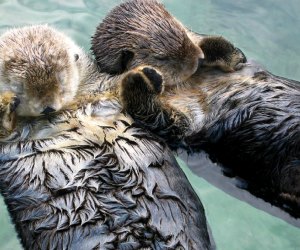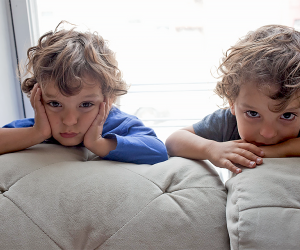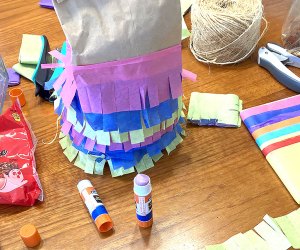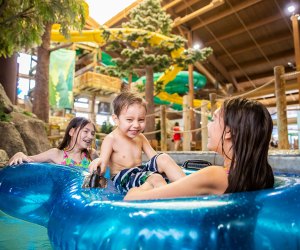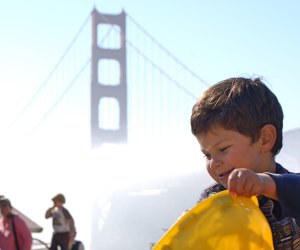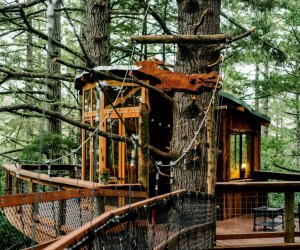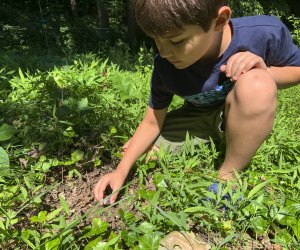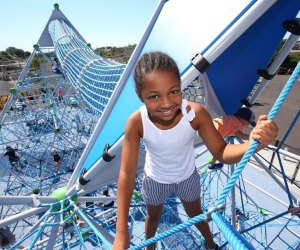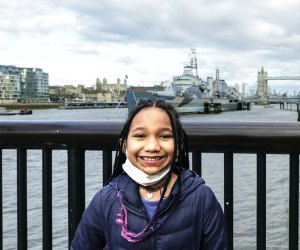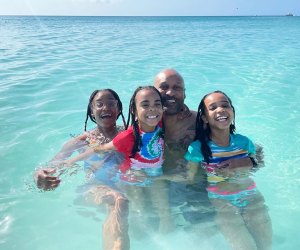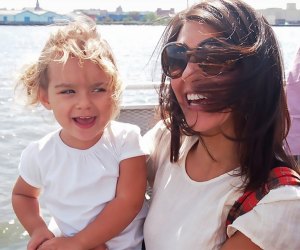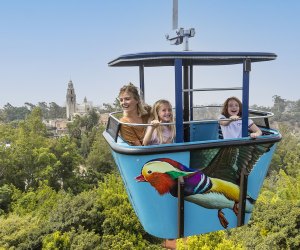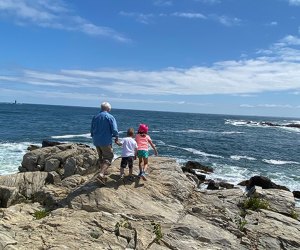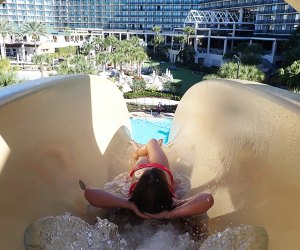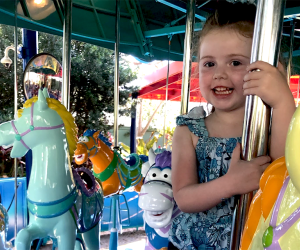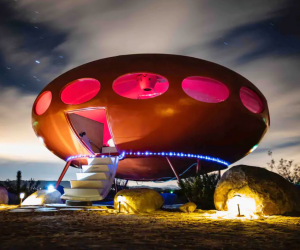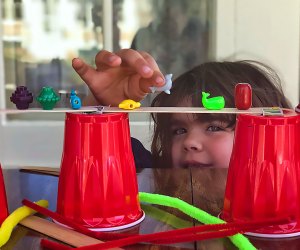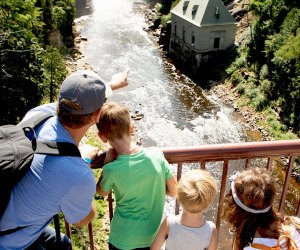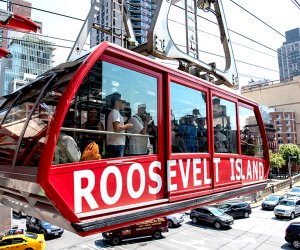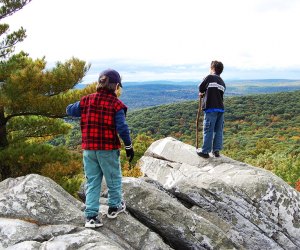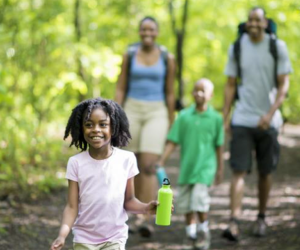Ultimate Guide to Visiting the Galapagos Islands with Kids: A Family Vacation You'll Never Forget
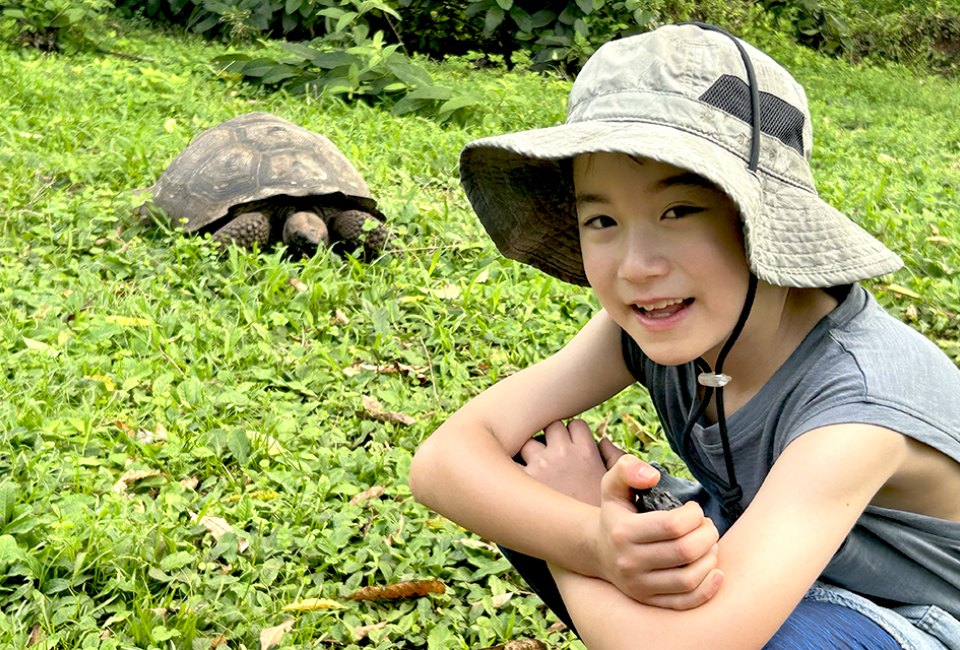
If you're looking for the family vacation of a lifetime, consider a trip to the Galapagos Islands, Ecuador. One of the most beautiful and pristine natural landscapes in the world, the Galapagos Islands offer cruise adventures, breathtaking scenery, close encounters with sea turtles and other animals, and the chance to see flora and fauna that exists nowhere else.
The Galapagos Islands are also a great place for families to witness real conservation work in action and to learn about the revolutionary work of Charles Darwin. While getting to the Galapagos takes a little advance planning, it is is absolutely worth the effort to visit.
Read on to learn all about visiting the Galapagos Islands with kids, including how to get there, the various cruise options, and other tips and tricks. You'll find even more exciting places to visit, from sunny spots in the Caribbean to culture-filled European cities, in our International Travel Guide.
OUR LATEST VIDEOS
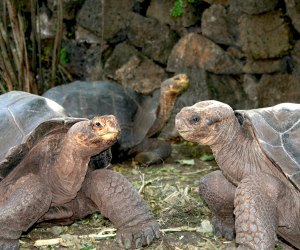
The Galapagos giant tortoise is colossal and can live for up to 150 years. Photo by Meghan Rose
What are the Galapagos Islands?
The Galapagos Islands are a group of about 18 volcanic islands located off the coast of Ecuador. Due to their particular location near the equator, the Galapagos Islands have a complex ecosystem that allow unique plant and animals species to evolve and flourish. Many of the animals and plants in the Galapagos are endemic, meaning they are native to and only exist in the Galapagos. Charles Darwin visited the Galapagos in 1835, and his observations of the wildlife led to his seminal work on the theory of natural selection and evolution.
Robust conservation efforts ensure that the animals, plants, and surrounding habitats on the Galapagos Islands are protected and that tourism is low-impact and sustainable. The number of tourists at any given time is strictly regulated, which means that the islands are rarely crowded. Due to these efforts, many of the animals have never developed a fear of people, and you can often get very close to them (but no touching!).
While the weather is generally temperate through the year, the best time to visit the Galapagos Islands is from November to May, when it is warm and the seas are calmer, making for ideal snorkeling and diving conditions. You'll also see more animals because breeding season occurs during this time.
How to Get to the Galapagos Islands, Ecuador
The only way to get to the Galapagos Islands is by flying to Ecuador, then taking a short flight to one of two airports in the Galapagos. In Ecuador, you can fly either to Quito, the capital city, or Guayaquil, near the sea. On our trip last year, we flew to Guayaquil because there were direct flights from NYC. Flights to Guayaquil from New York take about seven hours.
The best way to see the Galapagos Islands is with an organized tour group on a boat or cruise. (Cruises are also the only way to see the more remote parts of the Galapagos). Many cruise companies will book local airline tickets to the Galapagos at the time you book the cruise.
RELATED: Belize Family Travel Guide

The Galapagos Islands lie on the equator and are surrounded by different ocean currents. Both cold-water and tropical creatures survive there. Photo by Meghan Rose
Galapagos Islands Cruises
With Galapagos cruises, we’re not talking about your Royal Caribbean mammoth cruise liners. Galapagos cruise ships are generally small because they have to be able to navigate between the islands and reduce the tourism footprint. The smallest cruises have less than 10 passengers, while the largest cruise ships carry about 100 passengers (the largest cruise size allowed in the Galapagos). Many people prefer a larger-sized boat for stability, while smaller boats offer more intimacy and personalized services.
We chose Ecoventura for our trip, which had 20 passengers. It was the perfect size for our family; not too small or big. One of our editors went on a 12-passenger Southern Explorations cruise with her family and had an amazing time.
Another well-regarded boat is the La Pinta, which has a maximum of 48 passengers. The largest Galapagos cruises include the Silversea, National Geographic expeditions, and Silver Origin. No matter which cruise you choose, it's important to book at least a year in advance, especially if you want to visit during holiday or school breaks.
Naturalist Guides
All visitors must be accompanied by a certified natural guide to tour the Galapagos Islands. The naturalists teach about the ecology of the islands, identify the various animals and plants, and lead the groups on various excursions and activities. The quality of the guides really make or break the trip, so make to sure check out reviews of the guides when researching cruises. Larger cruise ships will have several naturalists on board and take visitors out on excursions in groups of about 10-12 people.
RELATED: Bermuda with Kids: 25 Best Things To Do in Bermuda

Visitors to the Galapagos can get up close to the wildlife, though they're advised not to disturb them.
Kid-Friendly Programming
Many of the cruises are family-friendly and offer kids' programs, but have a minimum age of 7 or 8. Kids should be at least this age to really appreciate all that the Galapagos has to offer, to be able to follow directions, and to participate in the activities which are moderately strenuous.
The larger cruises tend to have more kid-specific amenities, but even the smaller boats welcome families and plan activities with kids in mind. On our boat of 20 people, there were about seven kids under the age of 13, and the naturalist guides were extremely accommodating and went out of their way to ensure that all of them had a great time. The guides assigned each kid a specific Galapagos animal to study and even led a kids-only snorkeling trip. Most boats have kid-sized wet suits and snorkeling gear.
RELATED: St. Thomas with Kids: 25 Best Things To Do in St. Thomas, Virgin Islands

Don't worry about packing snorkeling gear, as most boats have gear available.
Activities
Each cruise ship follows a specific itinerary and goes to several islands, usually traveling between the islands at night and anchoring during the day so visitors can tour the islands. It would take about a month to visit all of the Galapagos Islands, so don't expect to see everything in one go.
On our trip, which lasted seven days, we visited five of the major islands. Each island has its own unique landscape and biodiversity. We hiked along volcanic mountains on Bartolome Island, explored lava tunnels on Santa Cruz Island, sunbathed on the stunning beaches of Gardner Bay on Espanola Island, and gazed at the cacti and other worldly vegetation on North Seymour Island.
The best thing about touring with a cruise is that much of the planning and activities are already set. Activities include snorkeling, swimming, beach visits, hikes, zodiac rides, and wildlife-spotting on the islands.
While snorkeling, you'll see sea turtles, stingrays, sea lions, blacktip sharks, marine iguanas, a wide array of fish, and other marine life. On land, you'll spot the famous blue-footed boobies, giant tortoises, penguins, flamingos, Darwin's finches, albatrosses, frigate birds, and more.
Most tours include a visit to the Charles Darwin Research Station on Santa Cruz Island, where you'll learn about Darwin's work and current scientific projects related to the Galapagos, including the tortoise-breeding program.
RELATED: Best Things To Do in Aruba with Kids

At Charles Darwin Research Station on Santa Cruz Island, you'll learn about Darwin's work and about current scientific projects related to the Galapagos.
Tips and Tricks on Taking Kids to the Galapagos Islands, Ecuador
What to Pack
Pack efficiently and lightly, as the smaller airlines to the Galapagos have strict weight limits. Each person will need several swimsuits, hats, sunglasses, and sun-protective clothing. Be sure to pack lots and lots of sunscreen, as the sun is very strong near the equator. (You can purchase sunscreen at your hotel or on your ship, but it will be expensive.)
Consider packing an underwater camera, like we did—it was great for snorkeling excursions. If you're taking pictures with your phone, make sure it's protected in a waterproof pouch with a strap.
Research Fees
Ask your tour operator ahead of time whether all fees (including those related to park entry and transit cards) are included in the cost or if you'll need to pay them separately. The last thing you'll need is to be slapped with surprise fees during your trip.
Prepare for Sea Sickness
Even if no one in your family is prone to motion sickness, you never know how they might react to being on a ship or boat for so many hours. We brought motion-sickness bracelets and patches as well as Dramamine pills, and they all came in handy!
RELATED: Mexico Family Travel Guide

Pelicans are just some of the birds you might spot in the Galapagos. Photo by Meghan Rose
Children's Books About the Galapagos Islands
There are some great kids' books about the Galapagos, with pictures of animals and the islands so kids can know what to expect and look for. We like Where Are the Galapagos Islands? for ages 8-12 and Galapagos (Earth's Extraordinary Places) for ages 7-9.
Disclosure: We may earn a small commission if you click through our links and make a purchase. This revenue helps us maintain this site, so thank you for supporting us.
Unless noted, photos by the author















